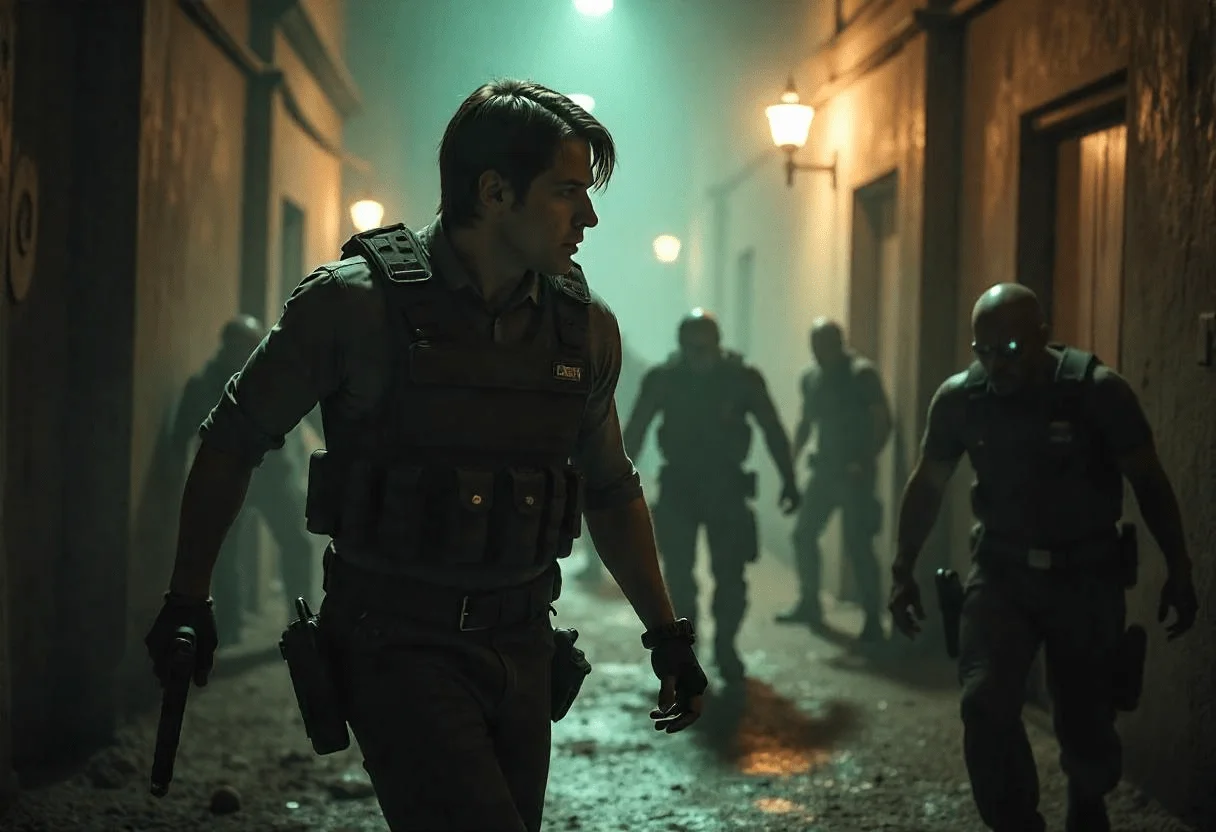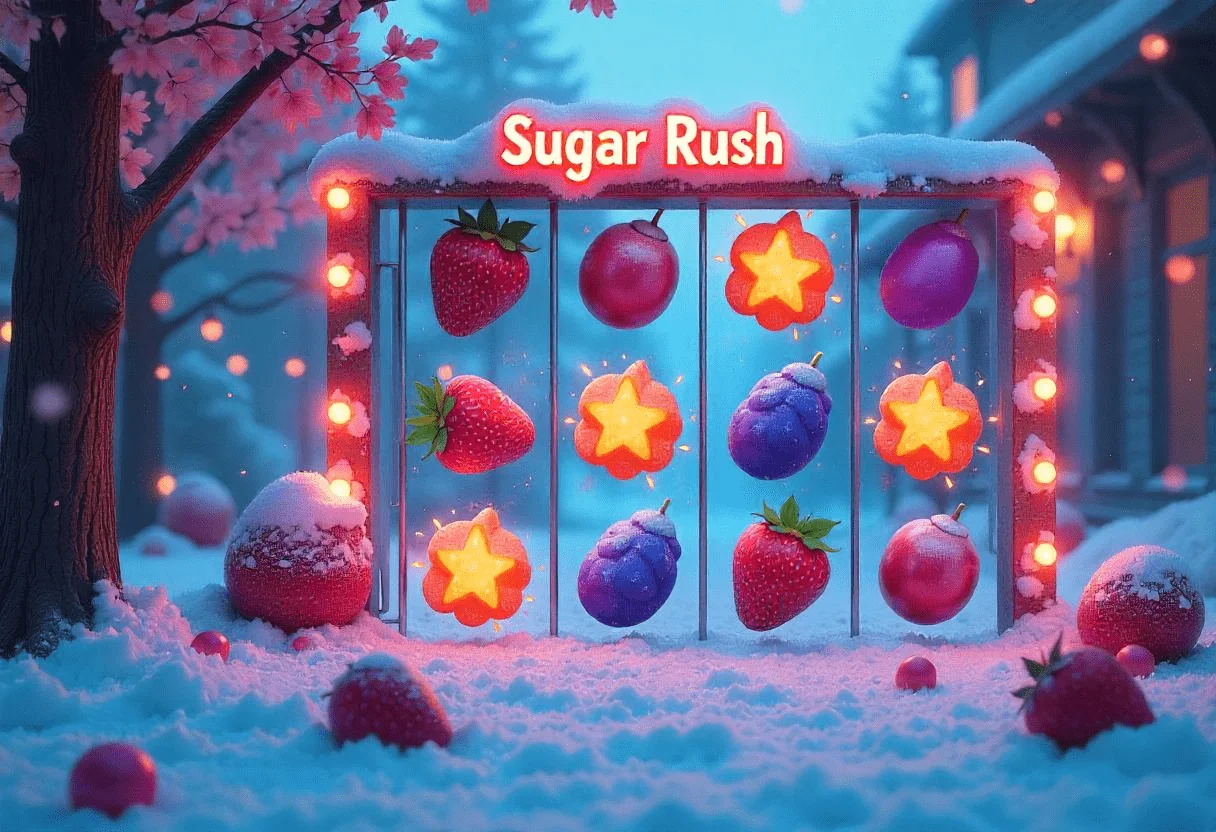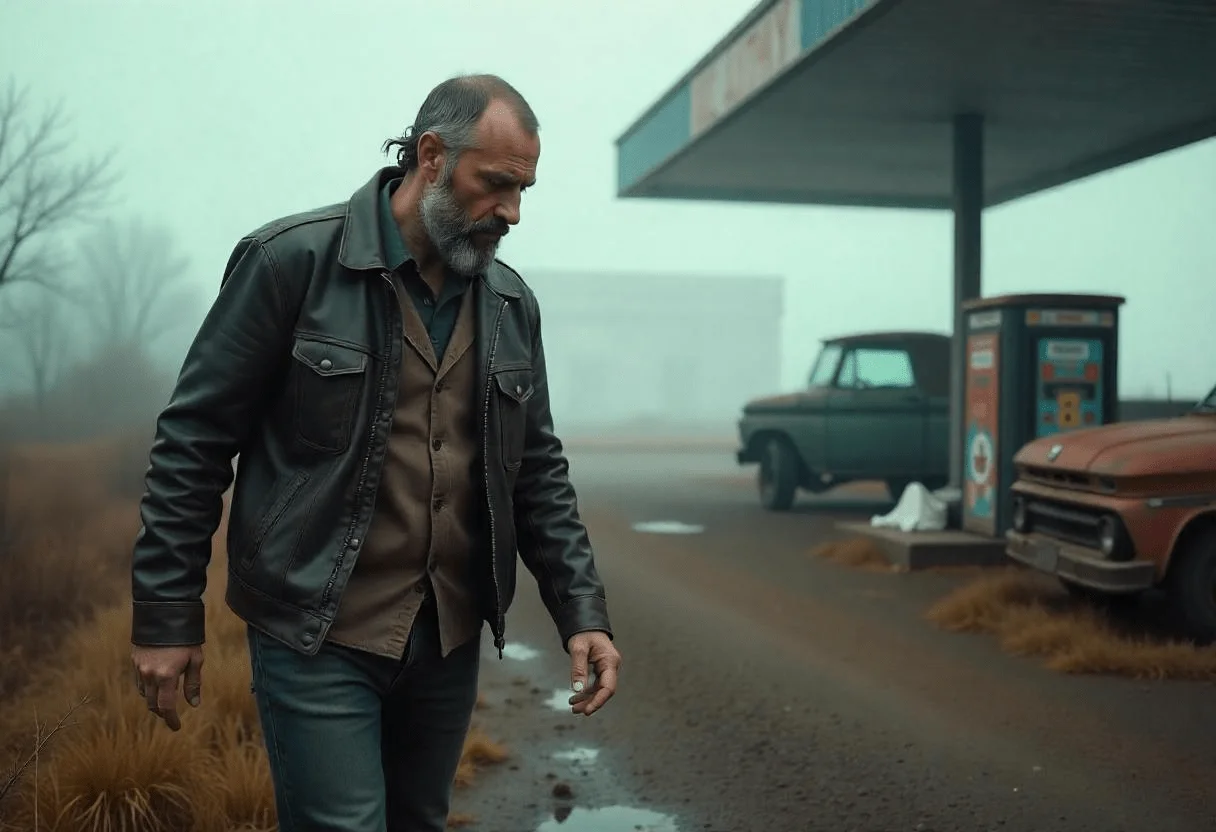1. Introduction to Resident Evil Village
Resident Evil Village, the eighth main installment in Capcom’s legendary survival horror franchise, builds on the success of Resident Evil 7 while taking bold new steps in world-building, combat, and narrative depth. Released on May 7, 2021, the game quickly garnered overwhelmingly positive reviews and praise for its atmosphere, villain design, and story progression.
Once again placing players in the shoes of Ethan Winters, Resident Evil Village expands the scope of survival horror with a more interconnected world, mixing classic franchise elements with modern innovations.
Whether you’re a returning veteran or new to the series, Village offers a haunting, unforgettable experience.
🧩 2. Storyline and Setting Overview
Resident Evil Village opens with Ethan Winters and his wife Mia attempting to live a peaceful life following the traumatic events of RE7. However, their quiet life is shattered when their daughter Rose is kidnapped. Ethan wakes up in a mysterious, snow-covered village surrounded by death and madness.
This village is segmented into four key areas, each ruled by a grotesque warlord serving the enigmatic Mother Miranda. As Ethan explores the village, he uncovers harrowing secrets, disturbing lore, and his own unexpected role in the broader Resident Evil mythos.
The setting is a masterclass in gothic horror—equal parts fairytale and nightmare.
🎮 3. Gameplay Mechanics and Innovations
Resident Evil Village retains its predecessor’s first-person perspective, enhancing immersion and tension. However, it introduces several innovations that expand gameplay variety and elevate the horror experience.
Key Gameplay Innovations:
Open-Ended Exploration:
The village serves as a hub world, offering nonlinear exploration.
Backtracking and unlocking previously inaccessible areas reward curious players.
Resource Management:
Scavenging for items is vital. Bullets, herbs, and crafting materials are limited.
Players have to decide whether to fight, run away, or save.
The Duke – Merchant System:
The Duke offers item purchases, weapon upgrades, recipes, and hints.
Unlike the merchant from RE4, he plays a more integrated narrative role.
Combat Depth:
Gunplay is tighter, with added impact animations.
Enemies can block attacks, swarm, or retreat—forcing adaptability.
Hunting and Cooking:
Animals around the village can be hunted for meat.
Meat can be traded for permanent health and stamina upgrades.
Crafting System:
Crafting on-the-go includes ammo, health kits, and explosives.
Recipes can be found or bought to expand capabilities.
Balancing Horror and Action:
While Resident Evil 7 focused heavily on psychological dread, Village introduces faster-paced, combat-heavy sequences reminiscent of Resident Evil 4. Yet it manages to maintain the chilling tone through suspenseful pacing and environmental storytelling.
Each area introduces new mechanics—such as a stalker enemy or puzzle maze—ensuring gameplay stays fresh and challenging.
🧠 4. Main Characters and Factions
Resident Evil Village thrives on its diverse, memorable characters and the sinister factions they represent. Each major area of the game is governed by a distinct warlord, contributing to a narrative rich in mystery and dread.
Ethan Winters
Ethan returns as the protagonist, driven by the desperate need to save his daughter Rose. Unlike RE7, Ethan’s personality is more developed in Village, revealing a fierce determination that leads him deeper into the heart of horror.
Mia Winters
Mia, Ethan’s wife, plays a pivotal role early on in the narrative. Her cryptic behavior and ultimate fate spark the game’s emotional undertone.
Chris Redfield
A long-time series veteran, Chris plays a controversial role in Village. His mysterious actions early in the game raise questions that fuel Ethan’s journey. Players later discover Chris is operating under deeper objectives, expanding the lore.
The Four Lords
Each of Mother Miranda’s lieutenants is in charge of a different portion of the village:
Lady Dimitrescu (Castle Dimitrescu)
A towering vampiric matriarch with deadly claws and her three daughters.
Donna Beneviento (House Beneviento)
A dollmaker who lives in a mansion that has a scary psychological part.
Salvatore Moreau (Reservoir)
A grotesque aquatic creature representing body horror at its peak.
Karl Heisenberg (Factory)
A renegade technomancer who can control metal and has a special vengeance against Miranda.
Mother Miranda
The enigmatic final antagonist, Miranda’s obsession with resurrecting her daughter fuels the dark experiments plaguing the village. Her cult-like dominion over the region is the driving force behind the game’s events.
The Duke
Not a villain, but not quite a friend either—the Duke is an enigmatic figure who aids Ethan throughout his journey. His understanding of the hamlet and its leaders makes things even more interesting.
Together, these characters form the backbone of Resident Evil Village’s gripping narrative, blending classic horror archetypes with rich backstories.
🗺️ 5. The Village: An Open-Ended Terror Zone
The eponymous village is the living, breathing heart of the game—equal parts safe haven and nightmare. As the game’s central hub, it connects all key regions and functions as the player’s main route through the unfolding chaos.
Map Design and Layout
The village is split into multiple interconnected regions:
- Central Village: The starting point, filled with locked gates and ominous secrets.
- Castle Dimitrescu: A gothic fortress towering over the landscape.
- House Beneviento: A mist-shrouded mansion housing psychological horrors.
- The Reservoir: Swamplands ruled by the monstrous Moreau.
- Heisenberg’s Factory: A grim, mechanized labyrinth.
As you defeat each Lord, the paths to new territories unlock, reinforcing the sense of narrative and gameplay progression.
Dynamic Changes Over Time
The village evolves throughout the game:
- Weather conditions shift.
- Enemy placements change.
- Optional side quests become available.
These transformations lend a sense of realism and urgency to exploration.
Secrets and Side Content
Hidden treasures, weapon parts, and lore entries are tucked away behind cracked walls, locked doors, and symbol-marked shrines.
Players are encouraged to:
- Use maps to mark unexplored buildings.
- Revisit old areas with new tools.
- Listen for audio cues—growls, whispers, creaks.
Exploring fully often leads to high-tier weapons, treasure hunts, and Duke’s unique upgrades.
Thematic and Atmospheric Design
From snow-covered rooftops to abandoned churches and bloodied scarecrows, every part of the village drips with detail. The use of verticality, shadows, and ambient sounds ensures players never feel completely safe.
This immersive design elevates the village beyond a simple level—it’s a central character in the narrative.
💀 6. Boss Fights and Major Encounters
Resident Evil Village is packed with unforgettable boss battles, each reflecting the themes and personalities of its antagonists. These encounters are not just about brute force—they demand observation, adaptability, and sometimes puzzle-solving, pushing players to use everything in their arsenal.
Lady Dimitrescu – Towering Terror of Castle Dimitrescu
Your first major boss is the elegant but lethal Lady Alcina Dimitrescu. After players beat her daughters in stealth-based fights, they have to fight Dimitrescu in a medieval church that has been transformed into an arena. She transforms into a towering winged monstrosity, introducing vertical combat dynamics.
Tips:
- Aim for her humanoid torso exposed during flight.
- Use sniper rifles for long-range shots and shotguns for short-range bursts.
- Stay mobile—she charges aggressively and uses the arena’s upper levels to her advantage.
- Donna Beneviento – Master of Psychological Horror
The Beneviento encounter is a scary change of pace. Instead of a normal boss fight, players have to deal with a scary sequence that includes hallucinations, riddles, and a life-size mannequin named Angie. This segment strips players of weapons, emphasizing raw fear and problem-solving.
Key Elements:
- A game of hide-and-seek with Angie under extreme pressure.
- No combat—focus on observation and speed.
- One of the game’s most memorable sequences due to its psychological weight.
Salvatore Moreau – Grotesque Tragedy of the Reservoir
Moreau’s fight is a grotesque water-based encounter. After morphing into a giant fish-like beast, he floods the area with acid rain and toxic sludge. The battle centers around environmental hazards as much as the creature himself.
Tips:
- Use raised platforms to avoid drowning or being poisoned.
- Exploit his moments of vulnerability after attacks.
- Grenade launchers and mines are particularly effective here.
Karl Heisenberg – The Mechanical Nightmare
Heisenberg turns the combat up to 11 with a full-on action set piece. Players commandeer a ramshackle tank built by Chris Redfield to take on Heisenberg, who fuses with scrap metal and becomes a towering magnetic monster.
Combat Highlights:
- Use the tank’s cannon to destroy key weak points.
- Block or dodge magnetic shockwaves.
- A chaotic mix of horror and bombast that feels like a nod to RE’s over-the-top past.
Mother Miranda – The Final Trial
The big confrontation with Mother Miranda at the finale is a multi-part battle that uses magic, speed, and brute strength. She teleports, changes forms, and uses spectral abilities to keep players off balance.
Tactics for Success:
- Bring maximum ammo, healing items, and upgraded weapons.
- Learn her patterns—each phase has telltale signs and weaknesses.
- Equip movement-speed boosts to dodge her quick strikes and black orb attacks.
Optional Mini-Bosses and Unique Encounters
Beyond the core bosses, Resident Evil Village features several optional boss fights and elite enemies hidden in the village. These offer some of the game’s toughest combat and most valuable rewards:
- Varcolac Alpha – A massive werewolf encountered after finishing the main Lords.
- Urias Drac – Heisenberg’s elite brute, found guarding powerful loot.
- Ancient Guardians – Secret foes linked to treasure maps and stories.
These encounters often involve limited space, fast foes, and require strategic preparation. Defeating them grants rare treasures and unlocks upgrades from The Duke.
Boss Fights as Storytelling Devices
What elevates these battles is how each boss reflects their backstory and psychology. Whether it’s Moreau’s self-loathing, Heisenberg’s rebellious ego, or Miranda’s god complex, the fights go beyond gameplay—they tell a story. resident evil village
Each battle concludes with cutscenes or dialogue that flesh out motivations and hint at deeper Resident Evil lore, reinforcing Capcom’s commitment to blending narrative with action. resident evil village



